On the morning of May 9, 2025, at the Temple of the Lady of Salt (Tam Dong village, Thuy Hai commune, Thai Thuy district, Thai Binh province), the Traditional Festival (April 14 of the lunar calendar) 2025 opened and received the Decision of the Minister of Culture, Sports and Tourism recognizing the traditional salt making profession of Thuy Hai commune as a National Intangible Cultural Heritage.
The recognition of Thuy Hai salt making ( Thai Binh province) as a National Intangible Cultural Heritage not only affirms the unique cultural value of the locality but also contributes significantly to the preservation and development of the craft village.
The government and people here are making efforts to improve production, combining with experiential tourism to bring the Thuy Hai salt brand further, preserving the traditional quintessence of the sea.
Old story, old profession
Considered one of the ancient salt villages that still exists today in the Red River Delta, Tam Dong village, Thuy Hai commune, Thai Binh province is the only place that has both a palace and a temple to worship the Lady of Salt.
Quang Lang village used to belong to Thuy Van district, Thai Binh prefecture, Son Nam Ha town during the Tran Dynasty. Today, it is a village in Thuy Hai commune, Thai Thuy district, Thai Binh province - a place famous for many unique festivals such as the Fishing Festival (January 25), the Thanh Hoang Festival (July 27 of the lunar calendar), especially the Lady Muoi festival with the dance of Ong Dung and Ba Da held on April 14 of the lunar calendar every year.
Ancient books recorded: The real name of the Lady of Salt is Nguyen Thi Nguyet Anh, born in the year of Canh Thin (1280) in Quang Lang village, Thuy Van district, Thai Binh prefecture in a family working in the salt industry. Since childhood, she had an unusual talent and appearance, loved to read books and was very intelligent.
Seeing that salt making was too hard, after finishing school, Nguyet Anh often went to the fields to help her parents. But every time she helped her parents, wherever she went, the sky was cloudy. Salt making requires sunlight, the stronger the sunlight, the more beautiful the salt.
Worried about the traditional profession and livelihood of local residents, the village elders gathered together and discussed a plan to build her a boat so she could carry salt to trade elsewhere.
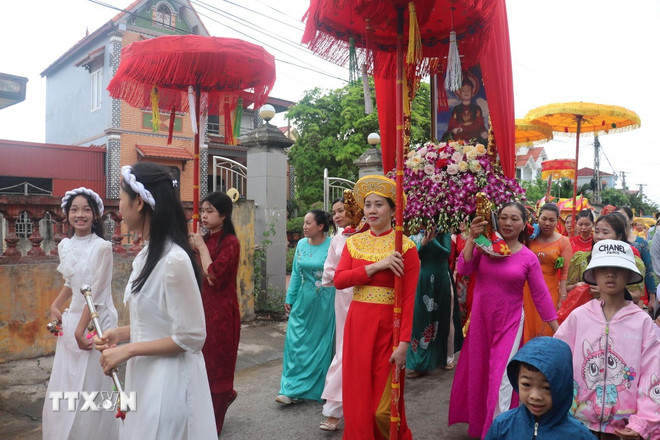
During a business trip, her boat docked at a river wharf near the capital Thang Long. It just so happened that King Tran Anh Tong was on an inspection tour across the river. The king's soldiers passed by the wharf where her boat was docked. They were thirsty, so they approached to ask for water. Suddenly, from afar, they saw a beautiful girl with a beauty like a flower and a gentle demeanor that was different from others. They immediately returned to report to the king.
As fate would have it, she stepped from the boat dock in her hometown and entered the palace. The king favored her very much and made her the Third Concubine. Not long after, she became pregnant. But the harem had always been full of scandals. Unfortunately, the Third Concubine met with an injustice and was harmed by a villain. The fetus had been unborn for 9 months and 10 days.
King Tran Anh Tong decided to take her back to her mother's hometown, hoping that the cool breezes of the sea would save Tam Phi's life. Seeing her sitting every afternoon looking out at the village's salt fields, the shepherd children called out to each other to make a scarecrow out of her lover, pick chicken beak flowers, and stand around her dancing to ease her sadness. Seeing the village children dancing, she was very happy, but her illness could not be cured.
One day, she smiled, then suddenly passed away, that day was exactly April 14th of the lunar calendar, year of Mau Tuat. The king heard the news and was extremely sorry, so he appointed her as the Goddess of Fortune.
Every year, on the 14th day of the 4th lunar month, Quang Lang villagers hold the Lady of Salt Festival.
During the festival, offerings to the Lady of Salt are indispensable, which is salt - a product associated with the Lady's childhood, still preserved in legend. The solid, beautiful, colorful Tam Dong salt packages are packaged into small packages, arranged on a tray of offerings like a tray of five fruits to offer to the Lady. In the palace, in the temple of the Lady of Salt, there are always two trays of white salt carefully arranged, placed solemnly on both sides of the altar.
During these days, people make effigies of Mr. Dung and Mrs. Da, reenacting the old game of children playing to serve her.
The dance performance includes an old man Dung and a new woman Da, symbolizing the parents, and two child effigies symbolizing the children. While dancing, the effigies sway, sometimes turning to the right, sometimes turning to the left. The roles of old man Dung and old woman Da coordinate very smoothly. There are times when their faces and bodies touch each other, symbolizing the villagers' desire for fertility and fruitfulness. The old man and woman Dung go first. The young man and woman Dung follow closely behind. The bustling crowd congratulates each other as they walk. People sing songs praising the merits of the Lady of Salt.
In 2016, the Lady Salt Temple Festival was recognized by the Ministry of Culture, Sports and Tourism as a National Intangible Cultural Heritage.
Promoting the value of salt making
Over hundreds of years of history, the name "Tam Dong Salt" has become a brand on the salt industry map of 20 provinces and cities with salt industries in the North of our country.
The methodical and large scale of the Tam Dong handmade salt fields (Thuy Hai commune) today can be felt right from the irrigation canal system that brings seawater in, then pumps it through a system of reservoirs to settle sediment and remove impurities.
After settling in the lake, the seawater is then led to the salt fields through a system of canals, then seeps onto the sand surface. This stage is called the sand drying process by Thuy Hai salt farmers.

The top layer of salt-soaked sand from the rice field will be raked up, then put into a tank built in the middle of the field to continue filtering once more. The seawater flows to the bottom of the tank, through pipes to a submerged tank close to the shore.
But, that is not the end of the process. The purified water from the sinking tank is then transferred to a storage tank to settle again. This water is the final water to be spread out on cement tiles, exposed to the sun to concentrate into salt.
The secret of the technique of drying sand to make salt, if you count the work, there are more than ten different stages, from the time of bringing water to the canal until it is put into the tank, then to each drying line... a total of nearly 48 hours, up to more than ten stages.
According to scientific research, salt products in Thai Binh are made using traditional methods, permeating salt water through sand, so they retain many vitamins and minerals, have more than 60 trace elements that are beneficial to human health, and can be used to treat diseases.
In order to preserve and promote the traditional salt production profession in Thuy Hai commune, in 2021, the People's Committee of Thai Binh province approved the project "Improving the value of salt production and processing in the period 2021-2030."
Specifically, salt production will be reorganized, salt production will be associated with spiritual tourism and experiential tourism; the area scale will be increased for production households in need with a scale of 2-3 hectares/household.
In the Project, Thai Binh plans to allocate an area of 50 hectares to develop a salt production area, located in Tam Dong village, Thuy Hai commune. The salt field will be located right in front of the Temple of the Lady of Salt.
Thai Binh province plans to spend about 254 billion VND to implement the project with items such as renovating, upgrading and solidifying the salt field irrigation canal; building a 3km-long road from Diem Dien town to the salt field; building an offshore seawater pipeline combined with a bridge for tourists to go offshore to visit the mangrove forest; dredging and embanking the Tam Dong river system.
By 2025, strive to reach salt output of 5,000 tons/year, of which the crystallization area is 2 hectares; renovate and upgrade salt field infrastructure; apply science and technology in salt production and processing; increase minimum productivity by 30%. By 2030, salt output will reach 7,000 tons/year with specialized salt products.
In addition, the province builds a processing area for salt products with high commodity value with the main groups being nutritional food salt, medicinal salt, spiritual salt with trace salt products, salt for swimming pools, salt for tunnels, spice salt, foot bath salt, spa salt, and worship salt; builds a sales area, displays and introduces salt products to tourists./.
Source: https://www.vietnamplus.vn/bao-ton-phat-huy-gia-tri-di-san-van-hoa-nghe-lam-muoi-thuy-hai-post1038029.vnp





![[Photo] Prime Minister Pham Minh Chinh receives leaders of Excelerate Energy Group](https://vphoto.vietnam.vn/thumb/1200x675/vietnam/resource/IMAGE/2025/5/29/c1fbe073230443d0a5aae0bc264d07fe)
![[Photo] Prime Minister Pham Minh Chinh meets with Hungarian President Sulyok Tamas](https://vphoto.vietnam.vn/thumb/1200x675/vietnam/resource/IMAGE/2025/5/29/dbcaa73e92ea4448a03fe1d0de6d68e8)
![[Photo] Vietnamese and Hungarian leaders attend the opening of the exhibition by photographer Bozoky Dezso](https://vphoto.vietnam.vn/thumb/1200x675/vietnam/resource/IMAGE/2025/5/29/94d8ceca5db14af3bf31285551ae4bb3)


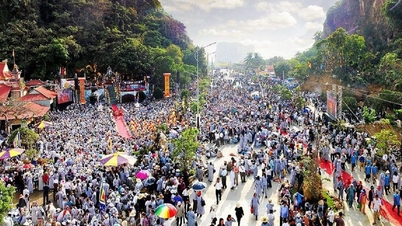












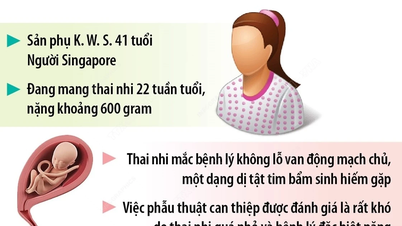
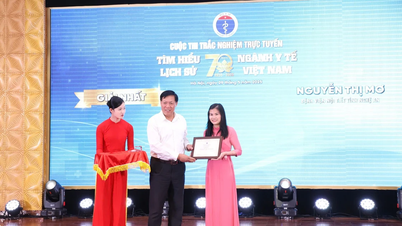













































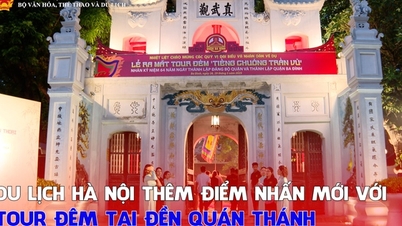
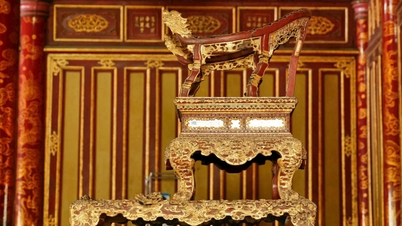







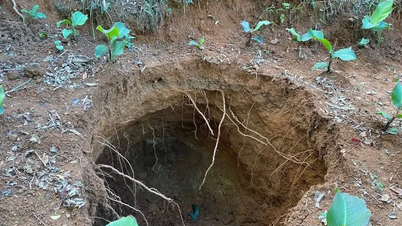












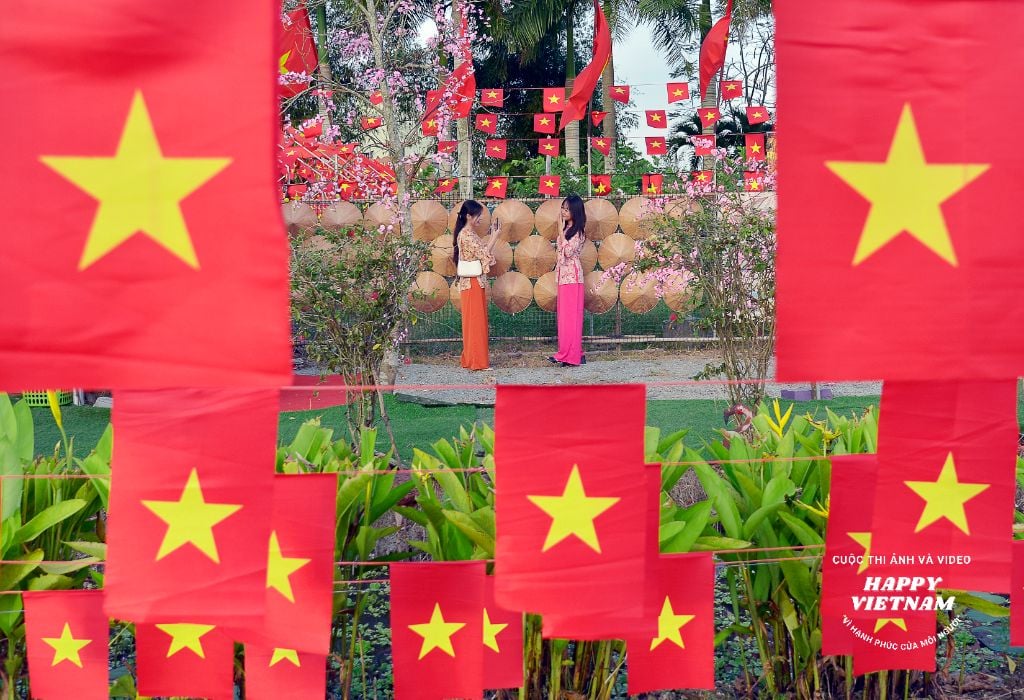


Comment (0)